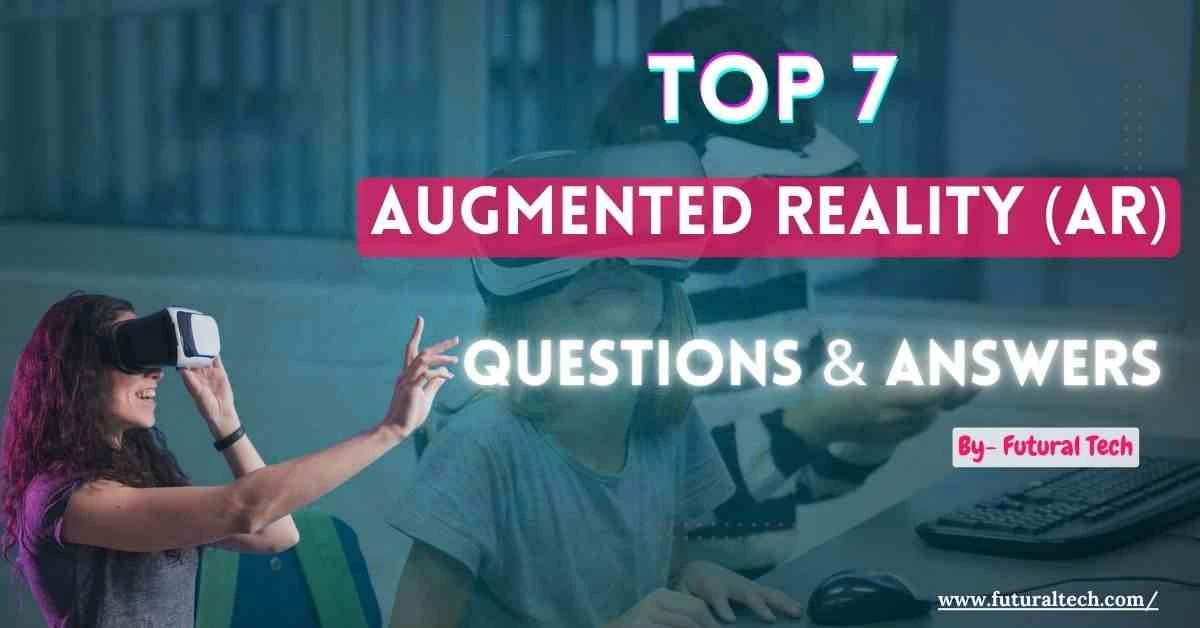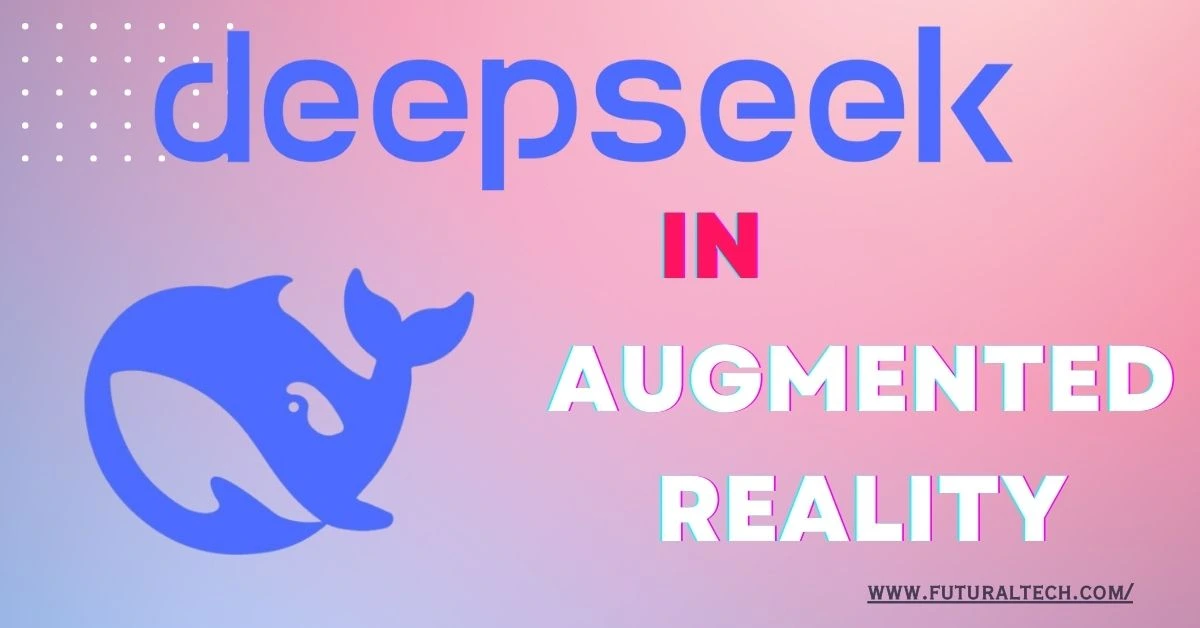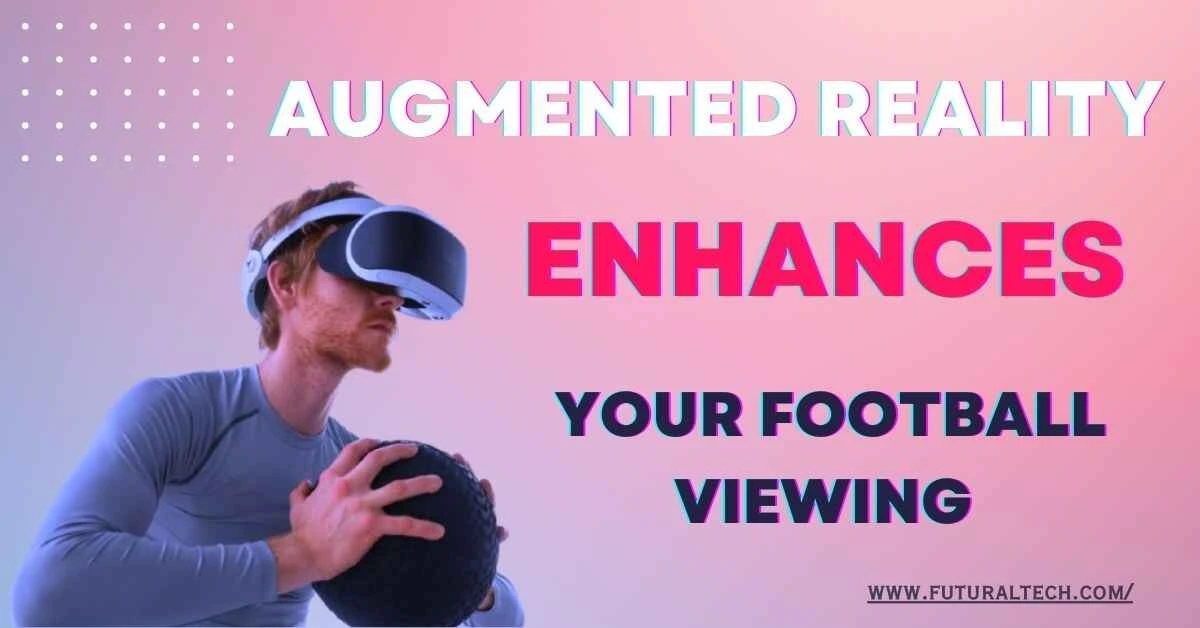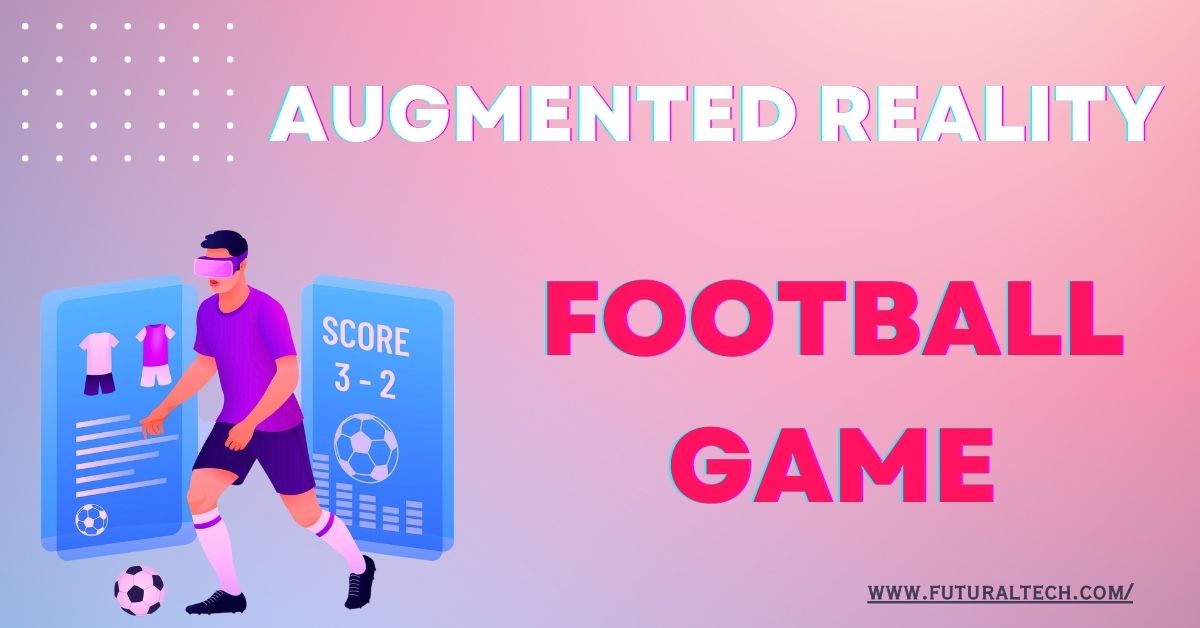AR (Augmented Reality) in Education
By- Raj 11th-Aug-2024
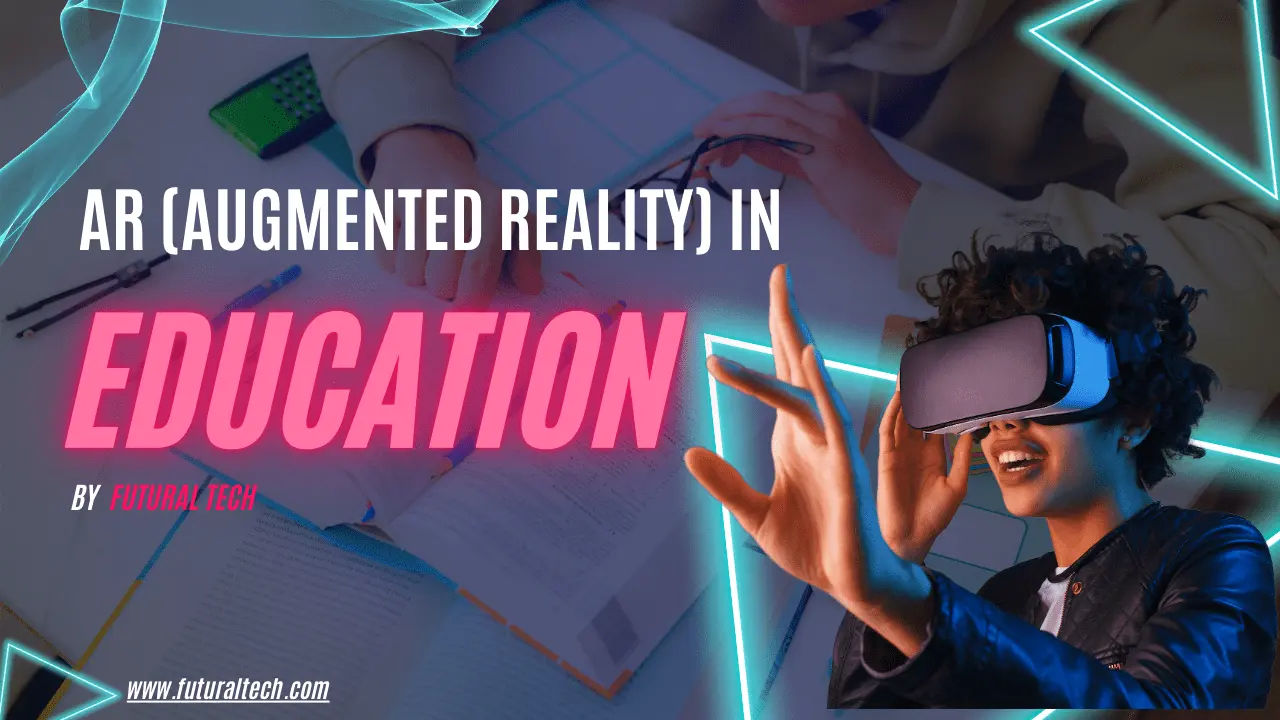
Introduction:
The world is changing, and so is education. AR in education merges digital content with the real environment, enabling students to learn by doing. At Futural Tech, we explore how AR can make complex subjects interactive and engaging, resulting in a better learning experience.
What is AR in Education?
The educational concept of AR in education is about laying virtual content such as 3D models and interactive simulations over the real objects. This is a completely new method, through which students can deal with learning material in such a way that cannot be done by the traditional ways.
Benefits of AR in Education
Augmented Reality (AR) in education offers several significant advantages, including increased engagement and interactivity. AR in the physical world really helps students to comprehend the course materials and to remember them better. For example, AR allows us to convert a language study book into a 3D model, a virtual lab, or a historical reenactment, which then helps through visual materials.
Transforming Textbooks with AR
A truly fascinating and exciting application of AR in education is the fact that it can turn traditional methods of teaching into real interactive media. Futural Tech teachers are receiving guidance from us for the AR application of the content where static pages are changed into interactive 3D models, virtual lab entries, and historical recreations. These tools are significant not only because they enhance interactions between humans and computers but also because they help students to use computers to visualize complex ideas much more effectively.
Real-World Applications and Success Stories
AR in Education has been doing great all around the world these days. Schools are currently turning to AR for the complete refurbishment of their teaching departments. One of the astonishing records is that students are navigating through the human body in 3D space, practicing virtual science experiments, and learning about historical events from AR applications.
Conclusion:
AR in education has become a new experience which is quite fascinating, offering a fun and intensive method of learning. One of the biggest advantages of AR in education is the impact it has on learners. We at Futural Tech are very excited about the future of AR in education and invite you to explore this revolutionary technology on our platform.

